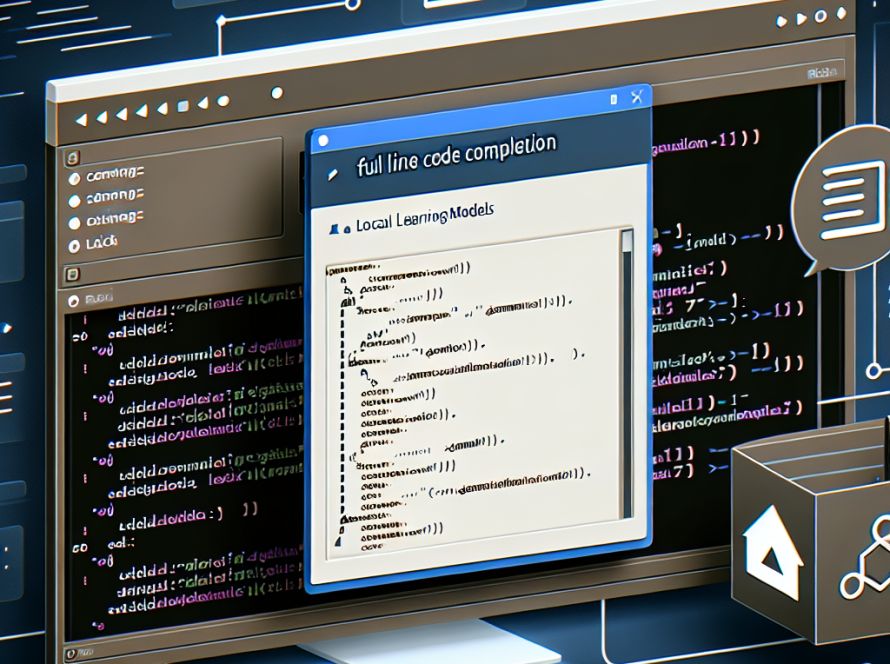In the field of Artificial Intelligence (AI), “zero-shot” capabilities refer to the ability of an AI system to recognize any object, comprehend any text, and generate realistic images without being explicitly trained on those concepts. Companies like Google and OpenAI have made advances in multi-modal AI models such as CLIP and DALL-E, which perform well on various tasks out of the box, a key characteristic of zero-shot learning.
However, a recent study by researchers from the Tubingen AI Center, University of Cambridge, University of Oxford, and Google DeepMind has challenged these claims. The study, which deployed a large-scale analysis of the data used to pre-train models like CLIP and Stable Diffusion, indicates that a model’s performance on a particular concept relies heavily on the frequency of that concept within the pre-training data. The more examples included in the data for a concept, the better the model’s accuracy.
Interestingly, the correlation between concept frequency and model performance follows an exponential curve. For a linear increase in performance, the model needs exponentially more examples of the concept during pre-training. This exposes a fundamental limitation of current AI systems; they require massive amounts of data and are relatively inefficient when learning new concepts from scratch.
Upon further investigation, researchers discovered that most concepts in the pre-training datasets are relatively rare and follow a long-tail distribution. This ‘noise’ due to misalignments between the images and text captions containing different concepts could further impact a model’s ability to generalize.
To test their findings, the research team developed a new “Let It Wag!” dataset containing many infrequent, long-tail concepts across various domains. All the models tested, regardless of size or type, showed significant drops in performance when tested on this dataset compared to more common benchmarks.
The research points out that current AI systems are excellent at specialized tasks but fall short when it comes to generalization. The zero-shot capabilities we see are mainly due to the models’ massive training on similar data from the internet, which creates a false impression of broad generalization.
So how do we address these shortcomings? One approach could be to improve data curation pipelines to more comprehensively cover long-tail concepts. Alternately, we might need to alter model architectures for better compositional generalization and efficiency in learning new concepts. Further, retrieval mechanisms that enhance or “look up” a pre-trained model’s knowledge could compensate for gaps in generalization.
In conclusion, while the concept of zero-shot AI is captivating, we’re not there yet. Identifying and addressing limitations like data hunger is critical to making real progress towards authentic machine intelligence. The study makes it clear that we have a long way to go, but it also provides a roadmap for the journey ahead.


